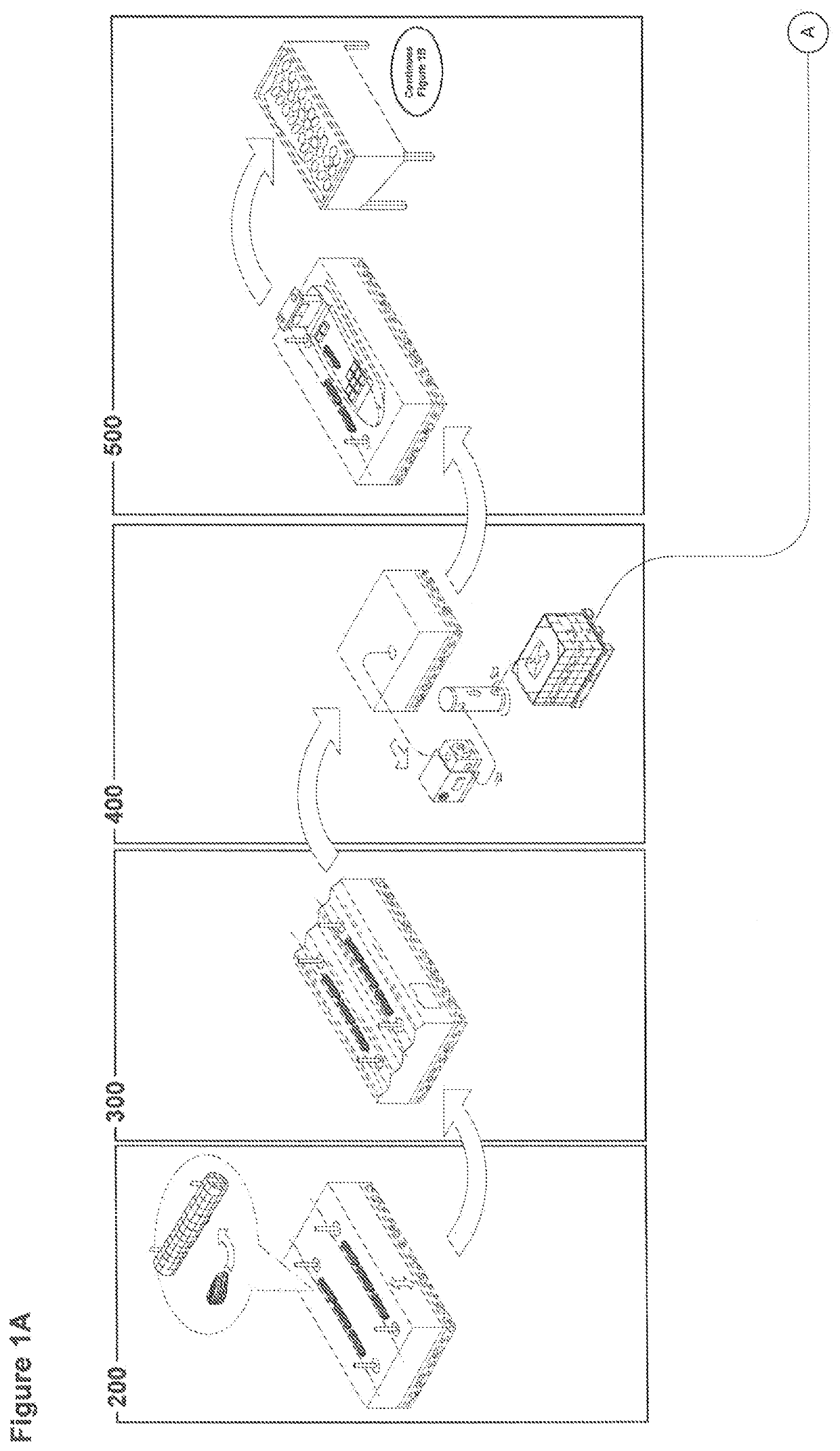Method of packaging shellfish
a shellfish and packaging technology, applied in the field of packaging shellfish, can solve the problems of reducing the longevity, quality and palatability of oyster products, and achieve the effects of reducing the detritus and also the biofouling of packaged products, and reducing the microbial load
- Summary
- Abstract
- Description
- Claims
- Application Information
AI Technical Summary
Benefits of technology
Problems solved by technology
Method used
Image
Examples
Embodiment Construction
[0042]For convenience, the invention will be described with respect to a particular embodiment directed to packaging of oysters, however it will be appreciated by those skilled in the art that the invention is not limited to this particular embodiment.
[0043]Oyster farming operations can be broadly divided into four stages, namely (i) spat collection, (ii) cultivation (iii) harvesting and (iv) packaging / transport and sale.
[0044]Spat, or juvenile oysters, are initially collected for subsequent cultivation and harvest primarily to avoid risk of predation from predators such as fish. Spat collection involves the use of spat collectors (either plastic slats or tar coated sticks) that provide a maximum surface area upon which spat may settle. Spat collectors are also configured to enable the ready removal of the oysters without damage. Once spat have settled upon the spat collectors in sufficient numbers, and have grown to a sufficient size so that predation is not a risk, the juvenile oy...
PUM
 Login to View More
Login to View More Abstract
Description
Claims
Application Information
 Login to View More
Login to View More - R&D
- Intellectual Property
- Life Sciences
- Materials
- Tech Scout
- Unparalleled Data Quality
- Higher Quality Content
- 60% Fewer Hallucinations
Browse by: Latest US Patents, China's latest patents, Technical Efficacy Thesaurus, Application Domain, Technology Topic, Popular Technical Reports.
© 2025 PatSnap. All rights reserved.Legal|Privacy policy|Modern Slavery Act Transparency Statement|Sitemap|About US| Contact US: help@patsnap.com



